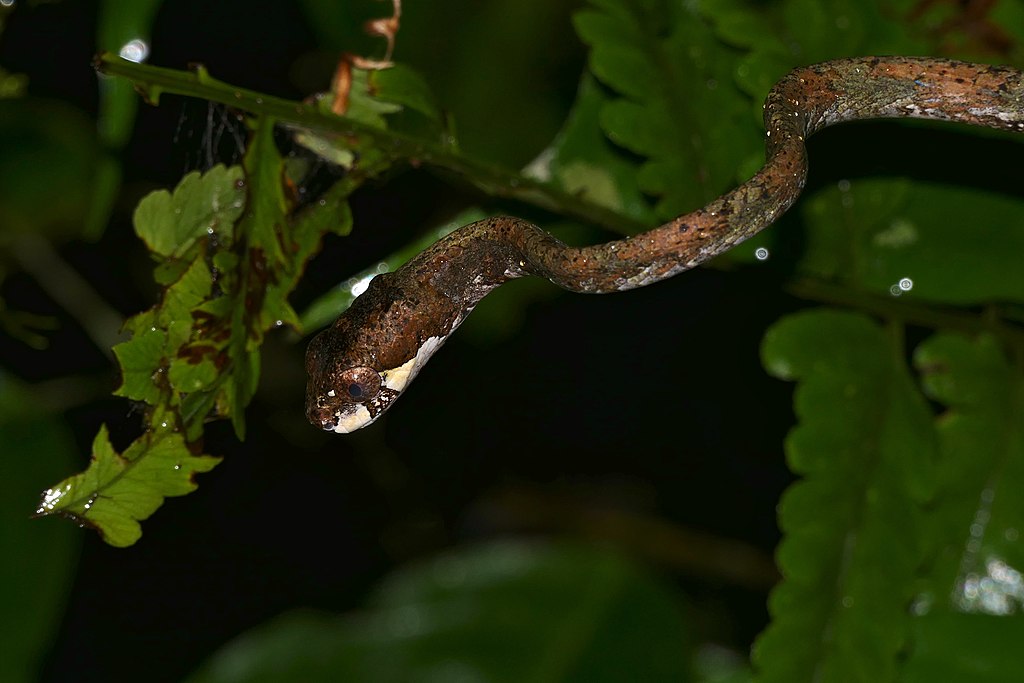Ever gazed into your pet snake’s eyes and wondered if they recognize you? Perhaps you’ve noticed your serpentine companion seems calmer when you handle them compared to strangers. The question of whether snakes can form preferences for specific humans fascinates both reptile enthusiasts and scientists alike. While dogs and cats openly display affection, the emotional world of snakes remains more mysterious. This article explores the fascinating science behind snake cognition, behavior, and their capacity for forming bonds with their human caretakers.
The Basics of Snake Cognition
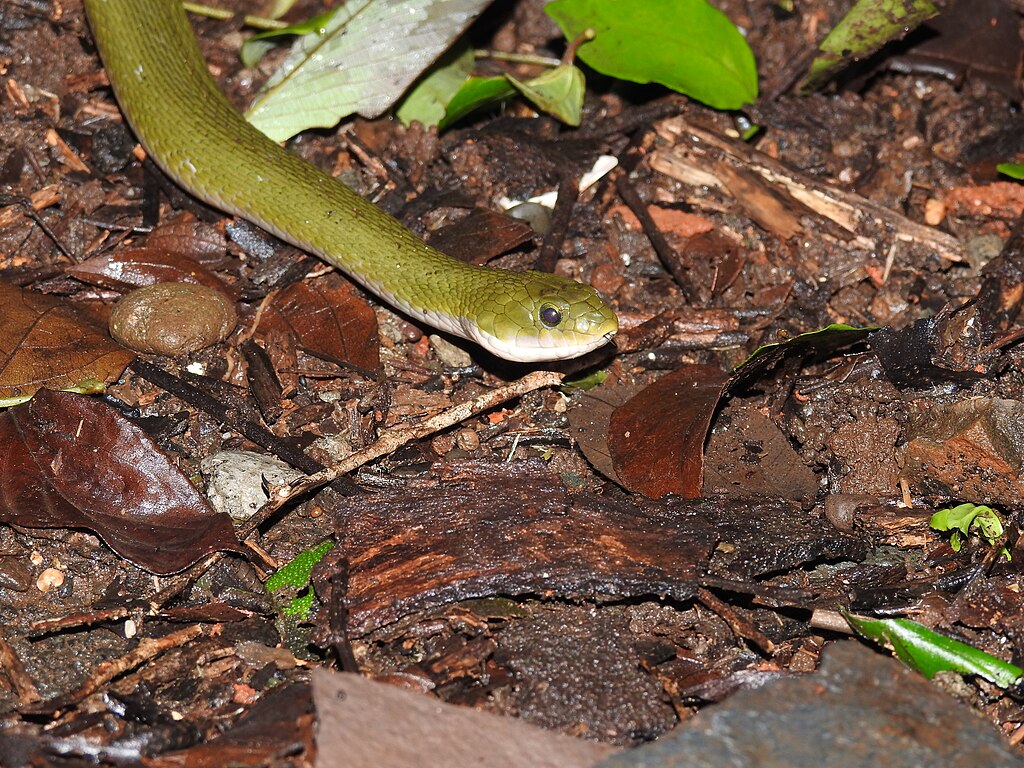
Snakes possess a different brain structure than mammals, with their brains being primarily focused on survival functions rather than complex emotional processing. Their brains lack a neocortex, the area responsible for higher cognitive functions in mammals such as problem-solving and emotional bonding. Instead, snakes operate largely through instinctual behaviors and sensory processing, relying heavily on their remarkable olfactory abilities and heat-sensing capabilities. Despite these limitations, research suggests snakes possess more cognitive abilities than previously believed, including spatial memory and basic learning capabilities that allow them to navigate their environments and respond to consistent stimuli.
How Snakes Recognize Their Environment
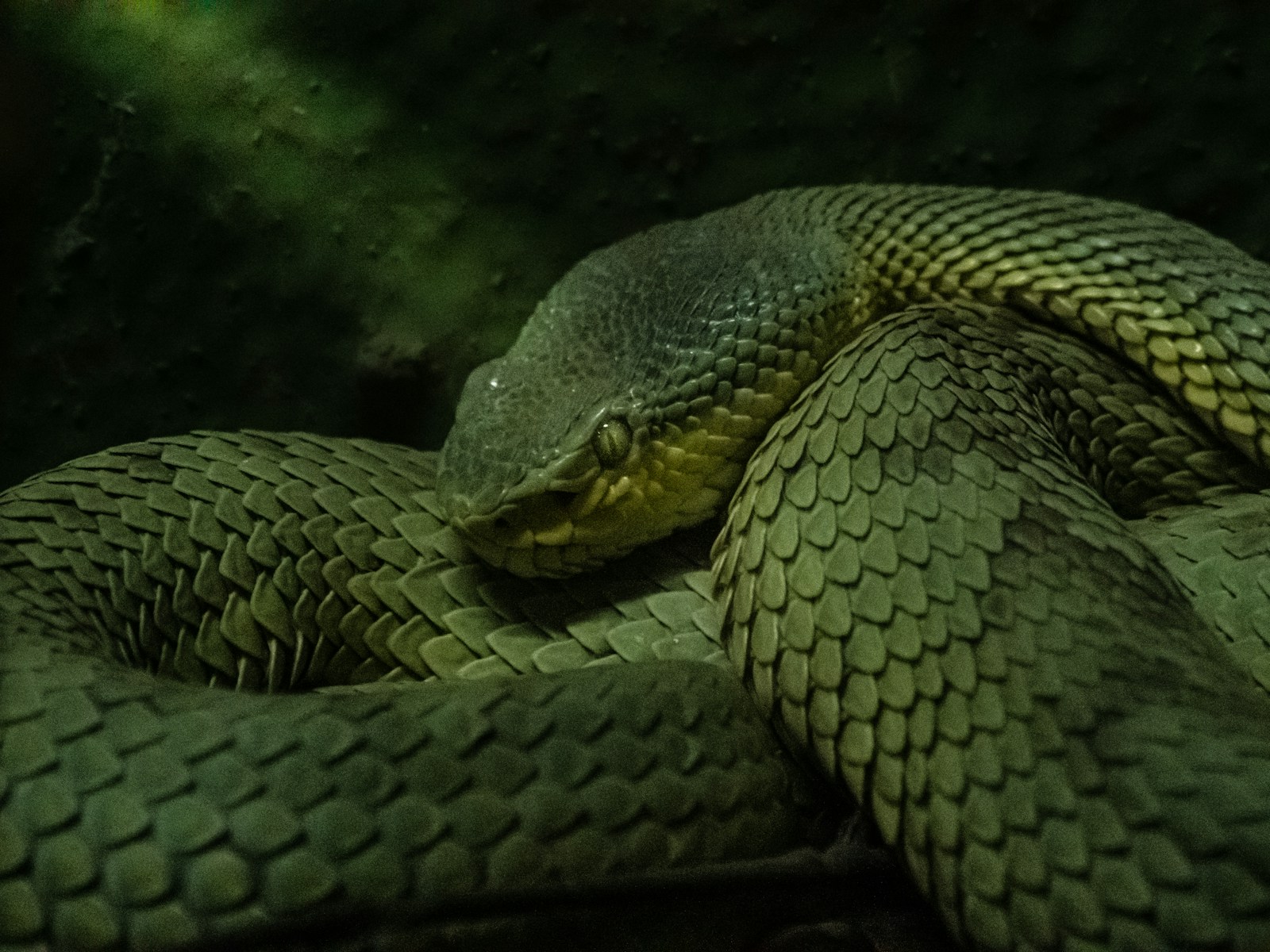
Snakes primarily perceive their world through chemical signals rather than visual recognition. Their forked tongues collect scent particles from the air and transfer them to the Jacobson’s organ in the roof of their mouth, which processes these chemical signatures with remarkable precision. This chemosensory system allows snakes to identify prey, potential mates, and even distinguish between different environments. Some species also utilize heat-sensing pit organs to detect warm-blooded creatures nearby. Through these specialized sensory adaptations, snakes create a detailed “scent map” of their surroundings that guides their behavior and interactions.
Scientific Evidence on Snake Recognition
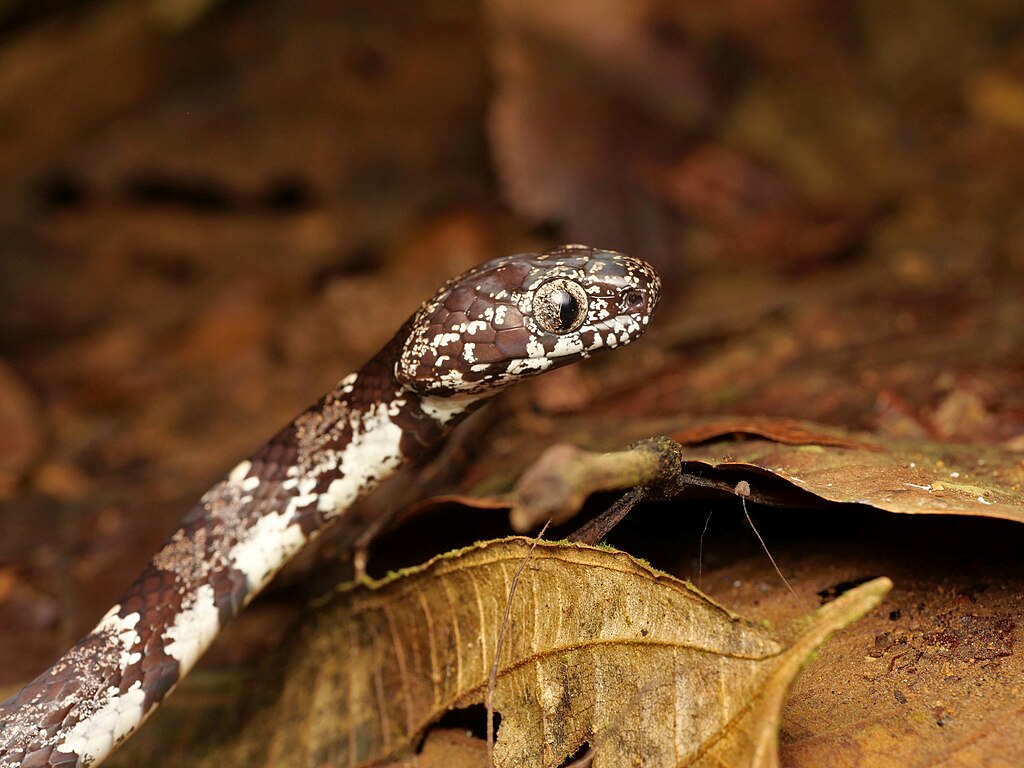
Recent scientific studies have begun to shed light on snakes’ ability to recognize familiar individuals. Research published in the Journal of Comparative Psychology demonstrated that some captive snakes showed measurable differences in stress responses when handled by their regular keepers versus unfamiliar handlers. Physiological indicators such as heart rate, tongue-flicking frequency, and defensive posturing decreased significantly with familiar handlers. Another study with corn snakes revealed they could be conditioned to associate specific human scents with positive experiences like feeding, suggesting a capacity for associative learning. While these studies don’t conclusively prove emotional attachment, they do indicate snakes can distinguish between different humans based on scent and experience.
The Role of Scent in Human Recognition
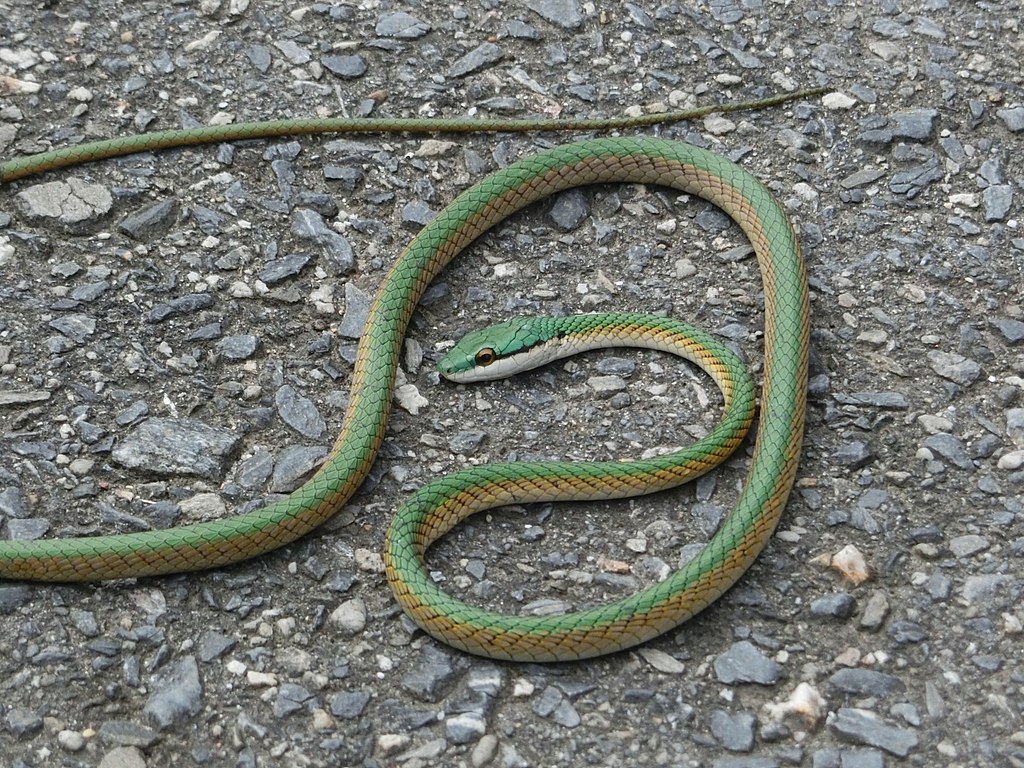
A snake’s primary method of identifying humans likely comes down to our unique scent profiles. Every person carries a distinctive chemical signature influenced by genetics, diet, personal care products, and even emotional states. When a snake’s keeper handles them regularly, the reptile becomes familiar with this specific scent combination and may associate it with safe handling, feeding, or other positive experiences. Herpetologists have observed that changing perfumes, lotions, or even laundry detergents can temporarily confuse a snake about their keeper’s identity. This scent recognition doesn’t equate to emotional attachment but represents a form of familiarity that can influence the snake’s behavior during interactions.
Behavioral Signs of Recognition

Snake owners often report behavioral differences that suggest their pets recognize them compared to strangers. These signs may include reduced defensive posturing, less frequent tongue flicking (indicating lower stress levels), willingness to be handled without resistance, and in some cases, actively approaching the front of their enclosure when their keeper enters the room. Ball pythons, in particular, may display more relaxed body language with trusted handlers, maintaining a looser coil rather than the tight defensive ball that gives them their name. However, experts caution against anthropomorphizing these behaviors, as they may simply indicate the snake has learned this particular human doesn’t represent a threat rather than genuine preference or affection.
Species Differences in Recognition Abilities
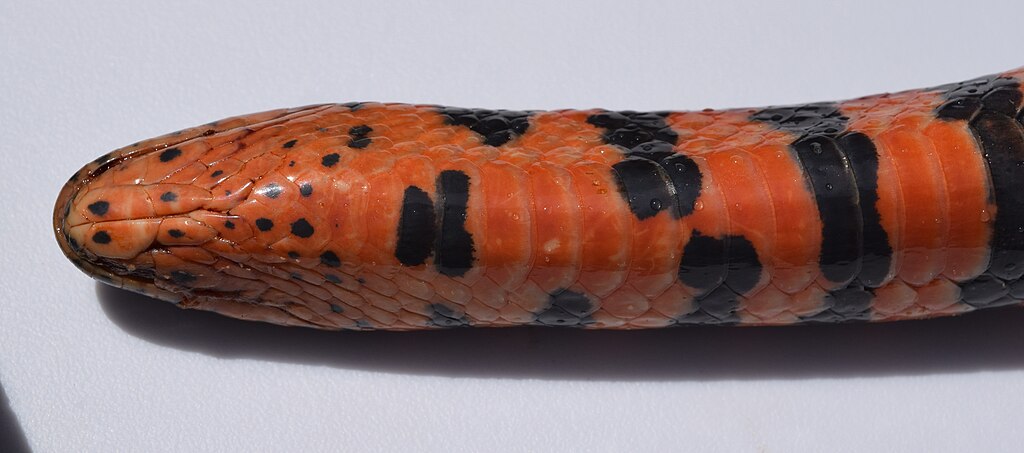
Not all snake species demonstrate the same capacity for recognizing regular handlers. Generally, species with more complex hunting strategies and active lifestyles, such as king snakes and rat snakes, may show greater cognitive flexibility and learning abilities. Ball pythons, popular in the pet trade, often become noticeably more comfortable with regular handlers over time. In contrast, more primitive species or those with highly specialized ecological niches might display less behavioral adaptation to handling. Some advanced species like black mambas and king cobras demonstrate remarkable spatial memory and problem-solving abilities in the wild, suggesting potentially higher cognitive capabilities, though their dangerous nature prevents the kind of regular handling that might reveal recognition patterns.
The Trust-Building Process
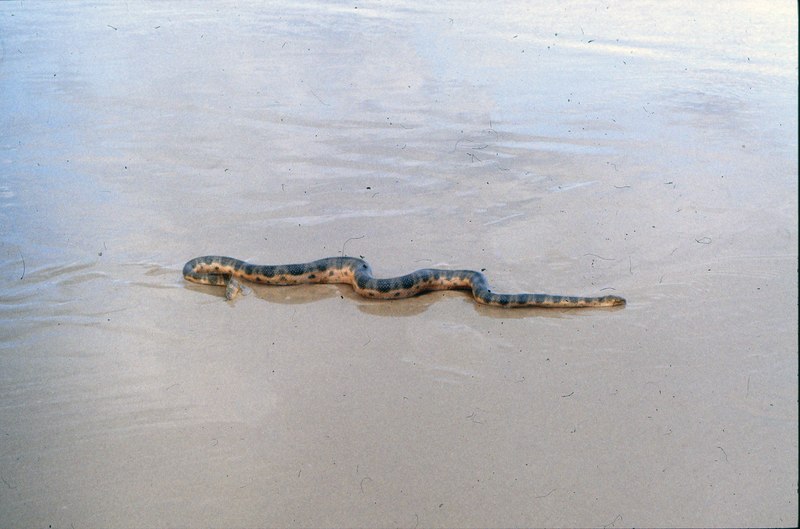
Developing familiarity with a snake requires consistent, gentle interaction over extended periods. Reptile behavioral experts recommend regular handling sessions lasting 10-15 minutes several times weekly, always approaching the snake with calm, deliberate movements. This consistent interaction creates a predictable pattern that helps reduce the snake’s stress response through a process called habituation. Feeding routines play a crucial role in this trust-building process, as many snakes learn to associate their keeper with regular meals—a powerful positive reinforcement. Patience remains essential, as this familiarization process can take months or even years depending on the individual snake’s temperament and previous experiences with humans.
Stress Responses to Different Handlers
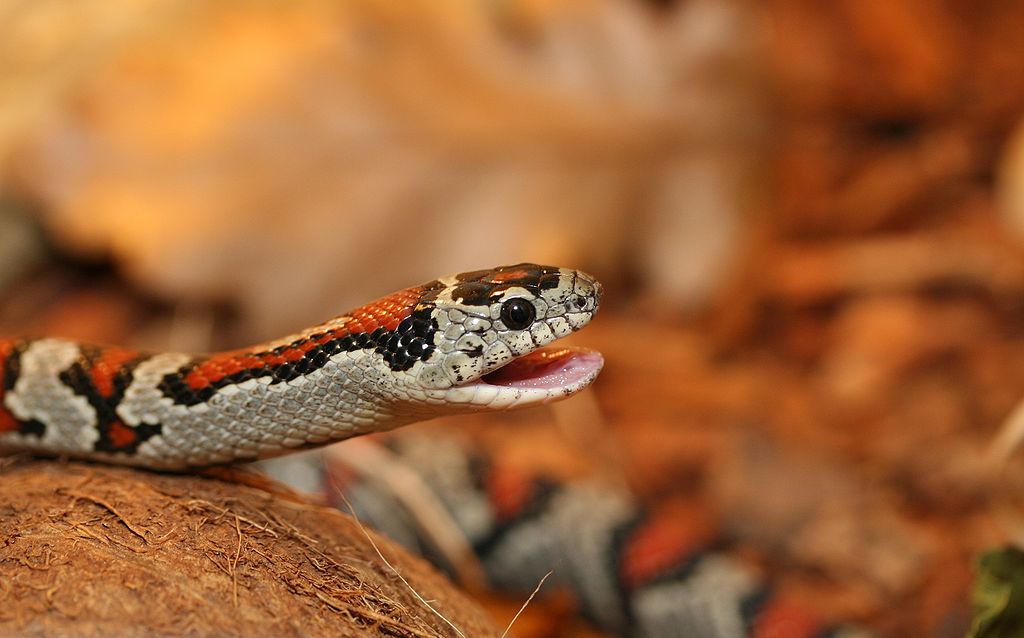
Snakes often display measurable differences in stress responses when handled by unfamiliar people versus their regular keepers. These stress indicators include increased heart rate, more frequent defensive posturing, urine or fecal release, and in some cases, stress-related regurgitation after meals. Researchers measuring cortisol levels (a stress hormone) in shed snake skin have found elevated concentrations following handling by strangers compared to regular keepers. Some species, particularly those less commonly kept as pets, may never fully habituate to human handling regardless of familiarity. These physiological responses suggest that while snakes may not feel “love” for preferred handlers, they do experience measurably different stress levels based on handler familiarity.
Conditioning and Learning in Captive Snakes

Captive snakes demonstrate surprising learning capabilities through conditioning experiments, where they form associations between specific stimuli and outcomes. For example, many snake keepers report their pets become active around regular feeding times or when they detect the scent of their feeding tongs. This type of associative learning extends to human interaction, where snakes may learn to connect a specific person’s scent with positive experiences like gentle handling or feeding. Negative associations form just as readily, with snakes sometimes developing long-term aversions to handlers who caused them stress. These learning mechanisms, while not as complex as mammalian learning, allow snakes to adapt to captivity and potentially recognize regular caretakers.
Common Misconceptions About Snake Affection
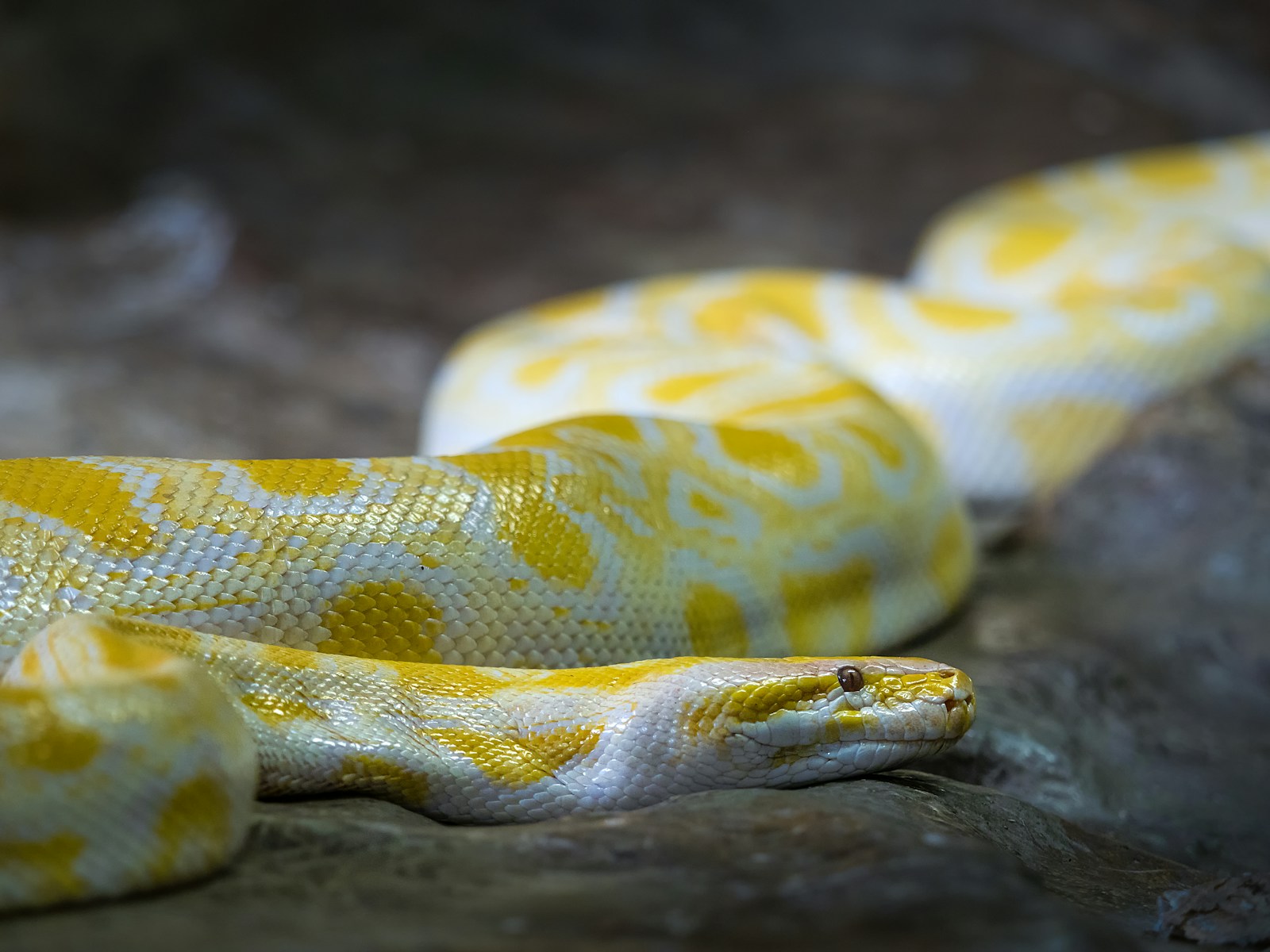
Many new snake owners misinterpret certain behaviors as signs of affection when they actually indicate something quite different. A snake wrapping around a person’s neck or arm isn’t showing affection but seeking warmth or stability. Similarly, a snake approaching the glass when its owner appears isn’t necessarily showing excitement to see them but may be anticipating food or responding to vibrations. The notion that snakes can feel love toward humans represents a form of anthropomorphism—projecting human emotions onto animals with very different neurological structures. Herpetologists emphasize that while snakes can certainly recognize and become comfortable with regular handlers, their internal experience differs fundamentally from the emotional bonding seen in mammals like dogs or cats.
Comparing Snake Recognition to Other Reptiles

When examining recognition abilities across reptile species, interesting patterns emerge that place snakes somewhere in the middle of the reptilian cognitive spectrum. Certain lizard species, particularly monitors and tegus, demonstrate more sophisticated recognition abilities than most snakes, with some individuals even appearing to seek out interaction with preferred keepers. These advanced lizards possess larger brain-to-body ratios and more complex social behaviors in the wild. Turtles and tortoises also show remarkable keeper recognition, with some individuals approaching specific humans for shell scratches or food. By contrast, more primitive reptiles like some geckos display minimal recognition beyond basic threat assessment. This comparative perspective suggests that while snakes do possess recognition capabilities, they haven’t evolved the same level of social cognition seen in some other reptile lineages.
Expert Opinions on Snake-Human Relationships
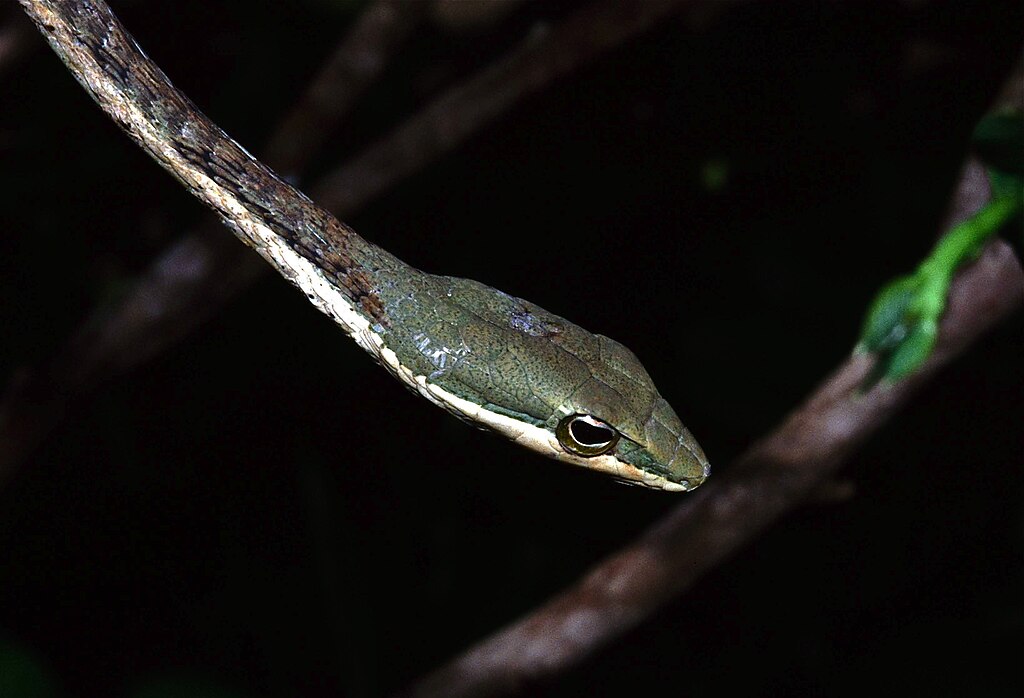
Leading herpetologists maintain a nuanced view of snake-human relationships, acknowledging the evidence for recognition while cautioning against anthropomorphism. Dr. David Crews, who studies reptile behavior at the University of Texas, explains that “snakes can certainly distinguish between different humans and form behavioral associations, but they lack the neurological hardware for emotional attachment as we understand it.” Dr. Melissa Amarello, co-founder of Advocates for Snake Preservation, notes that wild snakes show complex social behaviors previously unrecognized by science, suggesting captive specimens may have more sophisticated social capabilities than traditionally believed. Renowned reptile veterinarian Dr. Susan Horton observes that regular patients often show decreased stress with familiar handlers, indicating some form of recognition that improves their veterinary care experience.
Practical Implications for Snake Owners

Understanding how snakes recognize and respond to regular handlers has important practical applications for responsible snake ownership. Consistent handling routines with gentle, confident techniques help establish familiarity and reduce stress for captive snakes. When introducing a snake to new handlers, experts recommend transferring some of the regular keeper’s scent first through an item like a cloth or glove. During times when a different person must care for the snake, maintaining consistent routines around feeding and handling helps minimize disruption to the animal’s established patterns. For breeding programs or research collections, this knowledge suggests benefits to limiting the number of different handlers per animal to reduce chronic stress, potentially improving health outcomes and reproductive success in captivity.
Conclusion
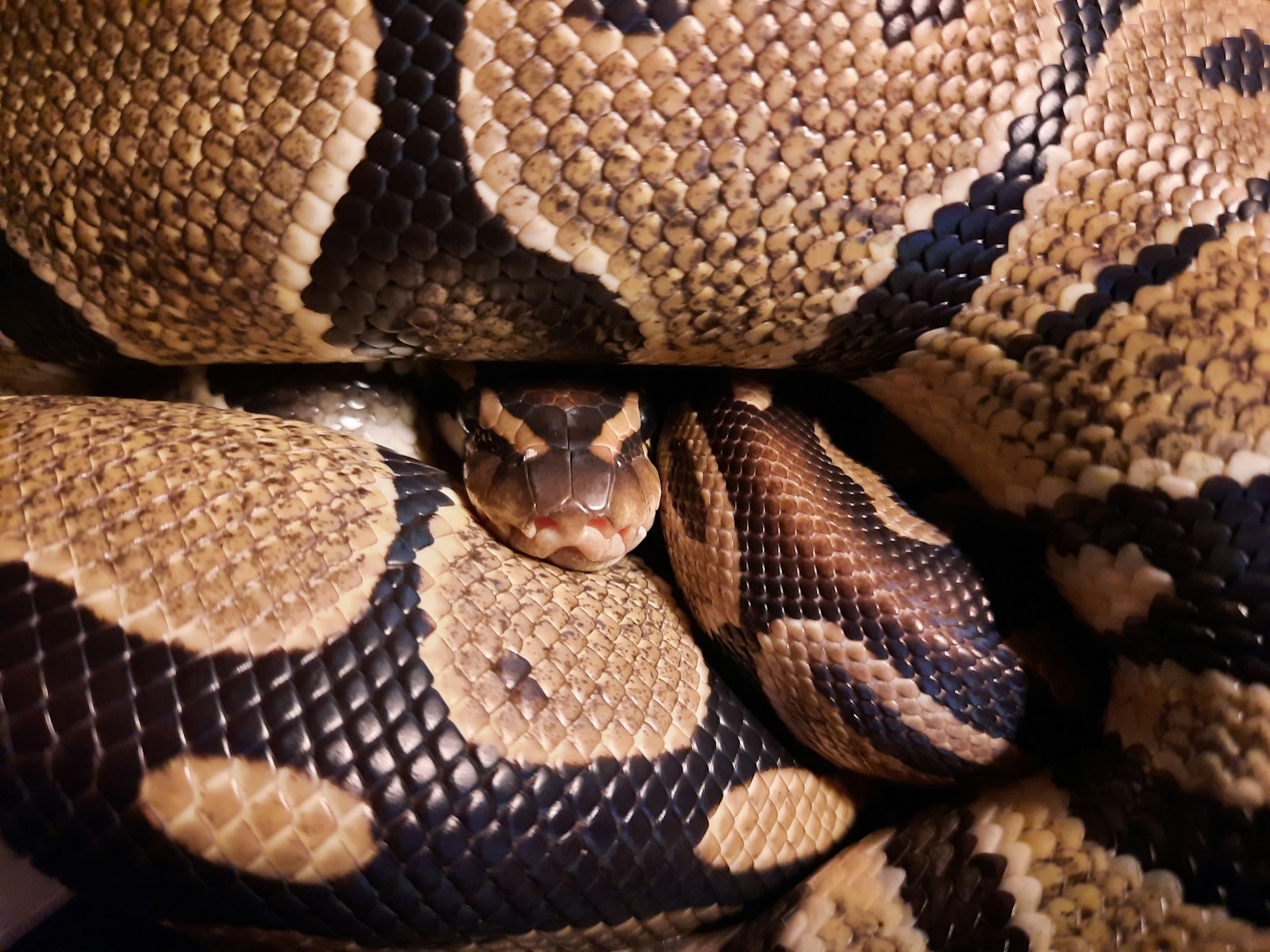
The evidence suggests that while snakes don’t form emotional attachments to humans in the way mammals do, they certainly can recognize their regular handlers through scent, associate them with positive experiences, and display measurably different stress responses between familiar and unfamiliar people. This recognition doesn’t constitute “having favorites” in the emotional sense we might attribute to dogs or cats, but rather represents a sophisticated adaptation that helps these remarkable reptiles navigate their captive environments. As our understanding of reptile cognition continues to evolve, snake owners can appreciate these subtle forms of recognition while respecting the unique way these animals experience the world around them.

